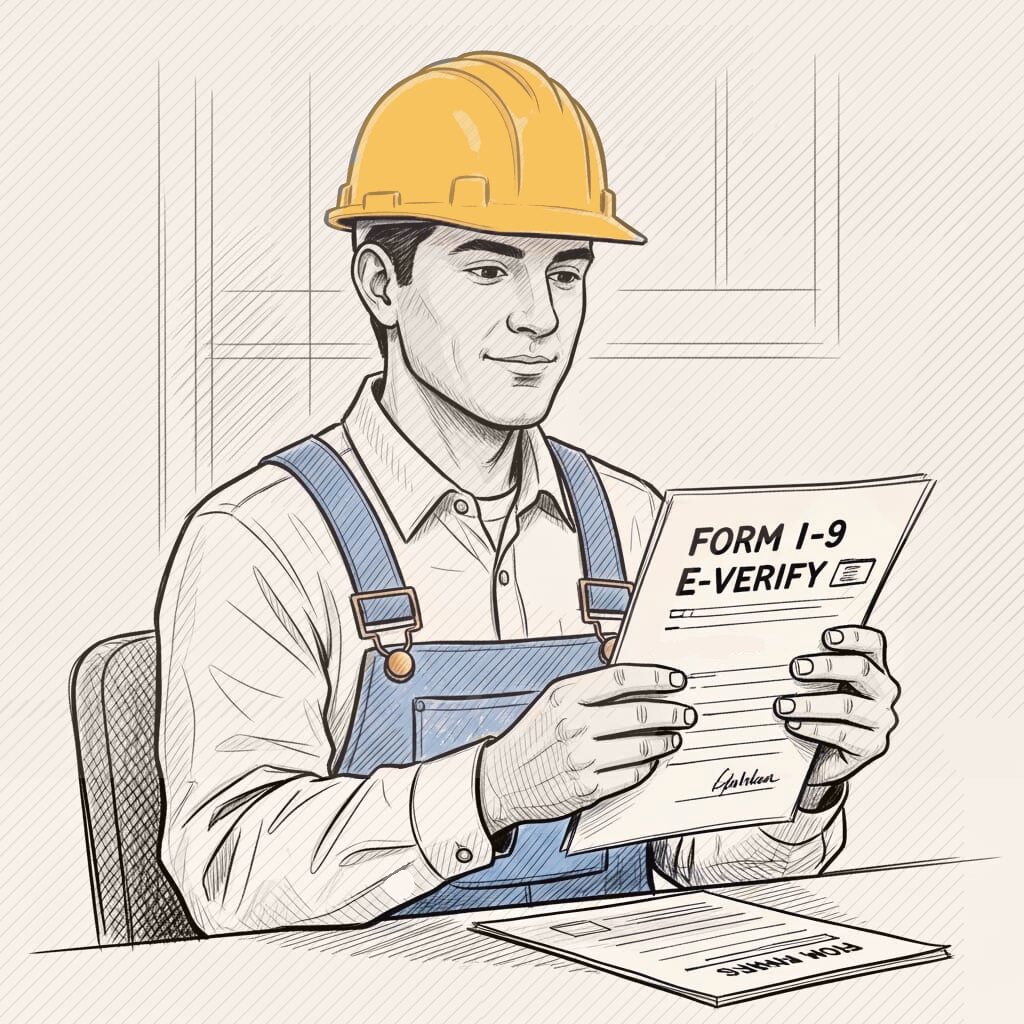How to File a Construction Lien in Florida: A Step-by-Step Overview
Step 1: Determine if You're Eligible to File a Lien
Lienor means a person who is: (a) a contractor; (b) a subcontractor; (c) a sub-subcontractor; (d) a laborer; (e) a materialman who contracts with the owner, contractor, subcontractor, or sub-subcontractor; or (f) a professional lienor under s.
713.03; and who has a lien or prospective lien upon real property under this part, and includes his or her successor in interest. No other person may have a lien under this part.
Step 2: Determine Whether You Must Serve a Notice to Owner (NTO)Step 2: Determine Whether You Must Serve a Notice to Owner (NTO)
What is "Privity"?
- If you contracted directly with the property owner (verbal or written), you have privity.
- If you did NOT contract directly with the owner, you do NOT have privity.*
Why Privity Matters? (Florida Statute §713.06(2)(a))
- You DO NOT need to serve an NTO if:
- You have privity—a direct agreement (verbal or written) with the property owner.
- Common Example: A general contractor who enters into a contract directly with a homeowner or property owner.
You MUST serve an NTO if:
- You do NOT have privity—meaning your agreement is with someone other than the owner.
- Common Examples:
- Subcontractors
- Sub-subcontractors
- Material suppliers
- Equipment rental companies
- Any party contracting indirectly through another party rather than directly with the property owner
Why This Matters:
Important Deadline:
- Your NTO must be served within 45 days of your first furnishing of labor, services, or materials.
Next Steps:
- If you're required to serve an NTO, proceed immediately to Step 3: Serving Your Notice to Owner.
- If you're exempt (you have privity), skip directly to Step 4: Preparing Your Claim of Lien.
Step 3: Timely Serve Your Notice to Owner (NTO)
- Deadline: Must serve within 45 days of your first furnishing labor, services, or materials (§713.06(2)(a)).
Statute Quote (§713.06(2)(a)):
How to Serve the NTO (Best Practices)
- The property owner
- The contractor
- Any other parties listed on the recorded Notice of Commencement (NOC)
- Retain the following as proof:
- USPS certified mail receipt
- Online tracking information
- Signed green card or electronic delivery confirmation
Pro Tip: Double-check the Notice of Commencement to identify all required recipients of the NTO.
Free Sample NTO Template
Download Free Florida NTO Template (PDF) (Replace with actual link once uploaded)
Step 4: Preparing the Claim of Lien
Your Claim of Lien must strictly comply with Florida law (§713.08).
- (a) The name of the lienor...
- (b) The name of the person with whom the lienor contracted or by whom she or he was employed.
- (c) The labor, services, or materials furnished...
- (d) A description of the real property sufficient for identification...
- (e) The name of the owner...
- (f) The time when the first and the last item of labor or services or materials was furnished...
- (g) The amount unpaid...
Critical: Florida Statutes require a specific warning statement on the Claim of Lien (§713.08(3)):
“WARNING! THIS LEGAL DOCUMENT REFLECTS THAT A CONSTRUCTION LIEN HAS BEEN PLACED ON THE REAL PROPERTY LISTED HEREIN…”
Free Sample Claim of Lien Template
Download Free Florida Claim of Lien Template (PDF) (Replace with actual link once uploaded)
Step 5: Recording the Claim of Lien
- Deadline: Within 90 days after your last furnishing labor, services, or materials (§713.08(5)).*
Best Practice for Recording:
- Physically deliver or electronically file (county-dependent).
- Keep stamped/filed copy as official proof.
Step 6: Serve the Recorded Claim of Lien
- Deadline: Within 15 days after recording (§713.08(4)(c)).
Statute Quote (§713.08(4)(c)):
- Certified Mail, Return Receipt Requested
- Maintain USPS proof and receipts as evidence.
Failure to serve the recorded Claim of Lien within 15 days does not automatically invalidate the lien. However, it can make the lien voidable—meaning the lien can be challenged and potentially limited or invalidated, but only to the extent that the owner proves they suffered harm or prejudice because of the delay.
Step 7: Enforce the Lien (File a Lawsuit, if Necessary)
In many cases—particularly with new construction projects—a recorded lien encourages prompt payment without litigation. Often, owners or developers resolve outstanding debts when the property is sold, refinanced from a construction loan to permanent financing, or upon project completion, avoiding the need for court action altogether.
- Your lien rights are preserved for up to one year from the date you recorded the Claim of Lien.
- If you do not receive payment within that year, you must file a lawsuit (a "lien foreclosure action") before the year ends, or your lien rights become unenforceable.
- Be aware that property owners can significantly shorten your enforcement timeline by recording and serving a Notice of Contest of Lien. If served with this Notice, you must file a lien foreclosure lawsuit within 60 days or your lien rights will expire (§713.22(2)).
- Mark your calendar clearly:
- 1-year deadline from the date of recording your Claim of Lien.
- Carefully monitor any notices from the property owner, especially a Notice of Contest of Lien, to ensure you respond promptly and preserve your rights.
Filing a construction lien in Florida is a powerful tool for protecting your right to payment, but it requires strict compliance with detailed statutory requirements and deadlines.
From serving a timely Notice to Owner (NTO) to recording and enforcing your Claim of Lien, each step must be handled with precision. Even a minor mistake—like missing a deadline or using incorrect language—can render your lien invalid.



